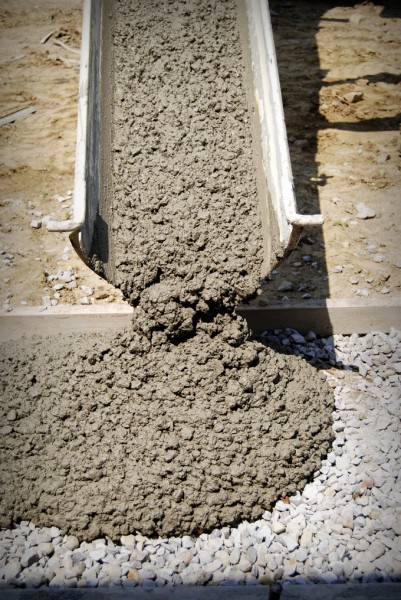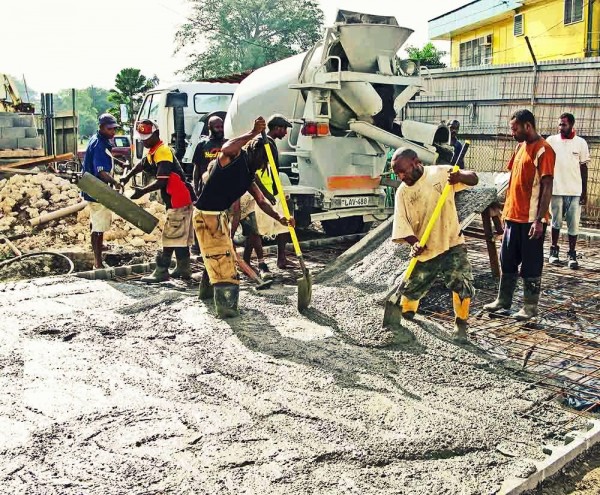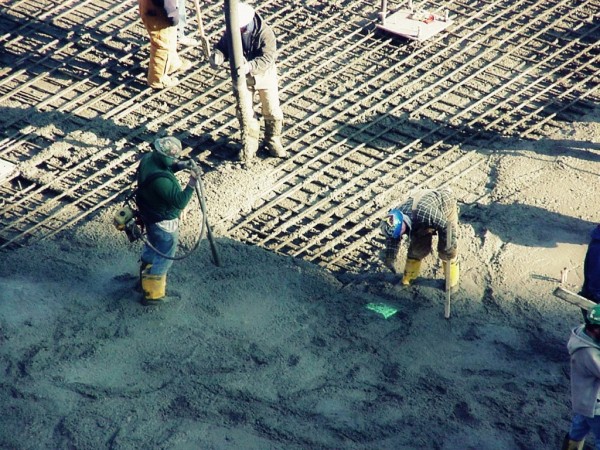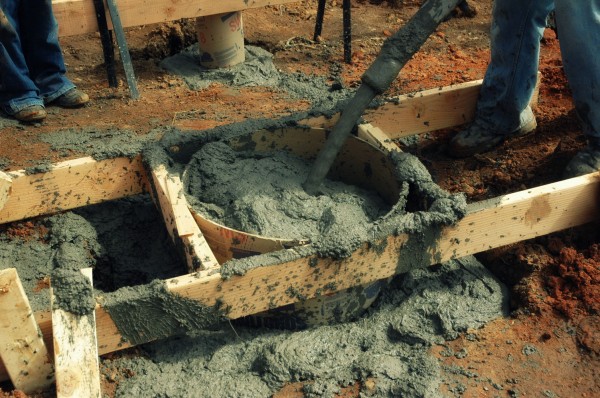Posts Tagged ‘concrete’
How to Use a Cement Calculator to Estimate Needed Materials
Before undertaking a new construction project, it is essential to calculate approximately the cement requirement well in advance, so that one does not have to worry about visiting the hardware store for additional cement bags in the middle of a project. A cement calculator helps an individual to determine their cement requirement for any project. Before purchasing the cement, it is important for one to be aware of the difference between the cement and the concrete mixture. Cement is the agent that combines together other construction material such as sand, gravel and water whereas concrete is the resultant mixture. Therefore, it is essential for one to remember that the cement calculator is a tool used to assess the amount of required cement and not concrete. This is a very common mistake that people make and is important to bear this in mind.
The cement calculator helps to determine the cement requirement in cubic yards and one is expected to convert it into the amount of raw material with the help of simple mathematical calculations. The cement calculator requires an individual to enter three main figures. First of all, the thickness of the wall intended to be constructed in inches, after which one is required to enter the length as well as the breadth in feet. Once the correct figures have been entered, the result will be displayed on the screen in cubic yards.
In order to determine the amount of cement required, one simply needs to divide the result by 4 and further multiply the obtained number by 27. This will allow you to estimate the cement requirement in order to successfully complete the project in cubic feet. These cement calculators are available on the internet and anyone planning to undertake a construction project will definitely benefit from this particular tool.
Everything You Need To Know About Concrete Polishing
Polished concrete is a countertop and floor material and is not only beautiful but also tough and durable. Because polished concrete has a smooth and even surface, it is easy to clean and is also allergy free. It refers to taking a gray drab and a dull concrete surface and adding a shine to it. The act of polishing concrete is similar to sanding wood. The mechanical grinder or polisher is equipped with diamond polishing abrasive discs or pads that grind down the concrete’s surface until a smooth reflective finish is created and the concrete surface gets its shine. Since concrete polishing is a process that involves multiple steps, one can choose the level of shine, from satin to high-gloss depending on their maintenance and aesthetic requirements.
Polished concrete can either be wet or dry and one can get a number of varied treatments done to their concrete in order to improve its sheen, stain resistance and abrasion resistance. Contractors and home owners sometimes employ a combination of the dry as well as wet methods to polish concrete. Contrasting the wet method, the dry method does not make use of water. The machines are attached with dust catching systems that are used in order to prepare the concrete floor and get rid of any bumps and imperfections. The wet method of concrete polishing is used to cool down the diamond abrasive discs or pads and remove dust. The water also plays an essential role in reducing the friction and heat generated by the spinning polisher or grinder, and by doing so, extends the life of the costly diamond abrasive pads.
Polished concrete is not only eco-friendly since no living things are harmed in the process, but it is also practically a maintenance free choice for home owners. Polished concrete is durable, easy to clean and can also be stained for customized looks.






